Though Tibetan nomads are becoming fewer and fewer each year, they can still be found across the Tibetan Plateau. Tibetan nomads culture and Nomad life is simple, but difficult. Hardships include yaks dying from disease, yaks starving to death from heavy snow, difficulties selling meat, low yak wool prices and the constant pressure to resettle to towns. Many nomads are now only semi-nomadic. They live on the grasslands in their yak wool tents during the summer and fall months, but live in small mud-brick or concrete homes during the long, cold winter. If you are going to Lhasa or traveling the Friendship Highway to the Nepal border, you probably won’t see many, if any, nomads. Yaks live on the vast high altitude grasslands of northern and eastern Tibet. The best places to see nomadic culture is not in the Tibet Autonomous Region, but in the Amdo and Kham regions found in Qinghai, western and northern Sichuan and southwest Gansu provinces. These ethnic Tibetan areas contain most of the remaining Tibetan nomads.
For more information on where to see traditional Tibetan nomadic culture, feel free to contact me at thelandofsnows@gmail.com
Losang བློ་བཟང་

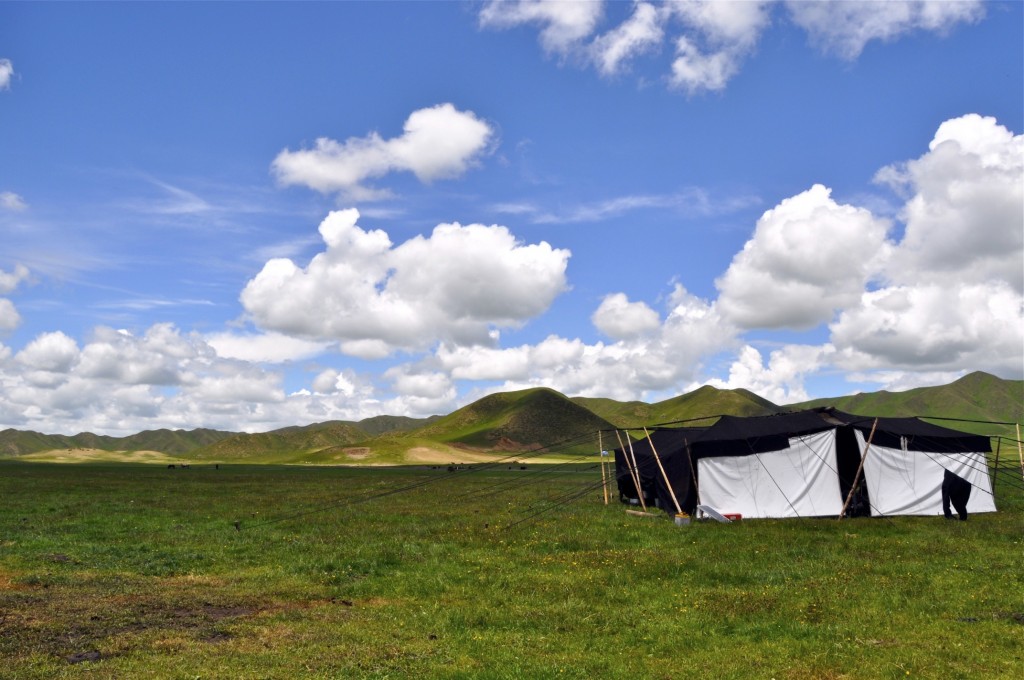
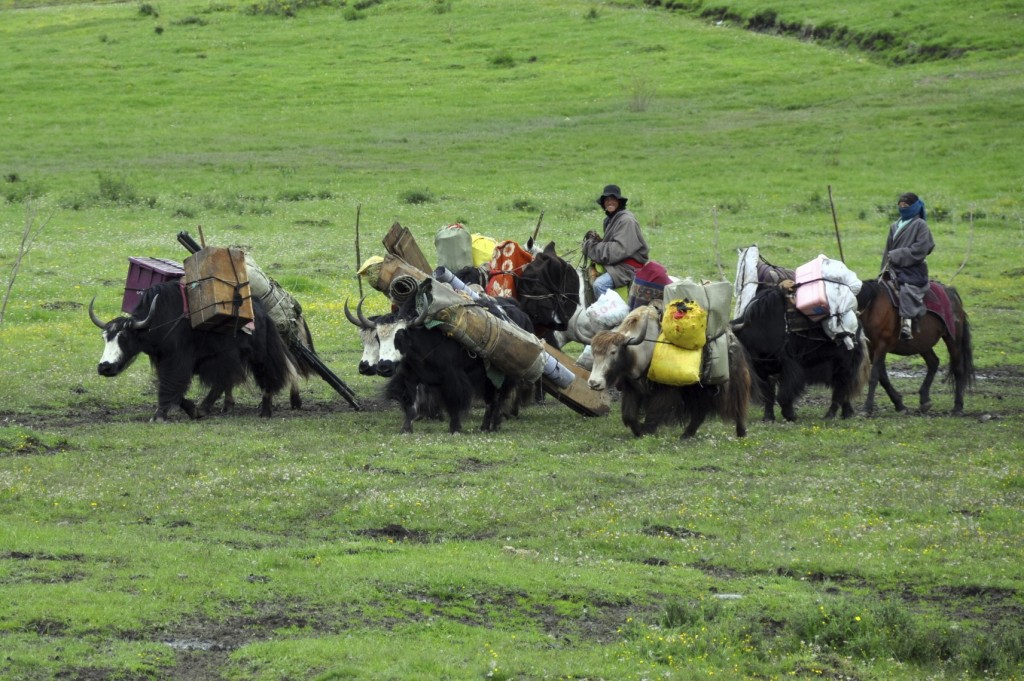
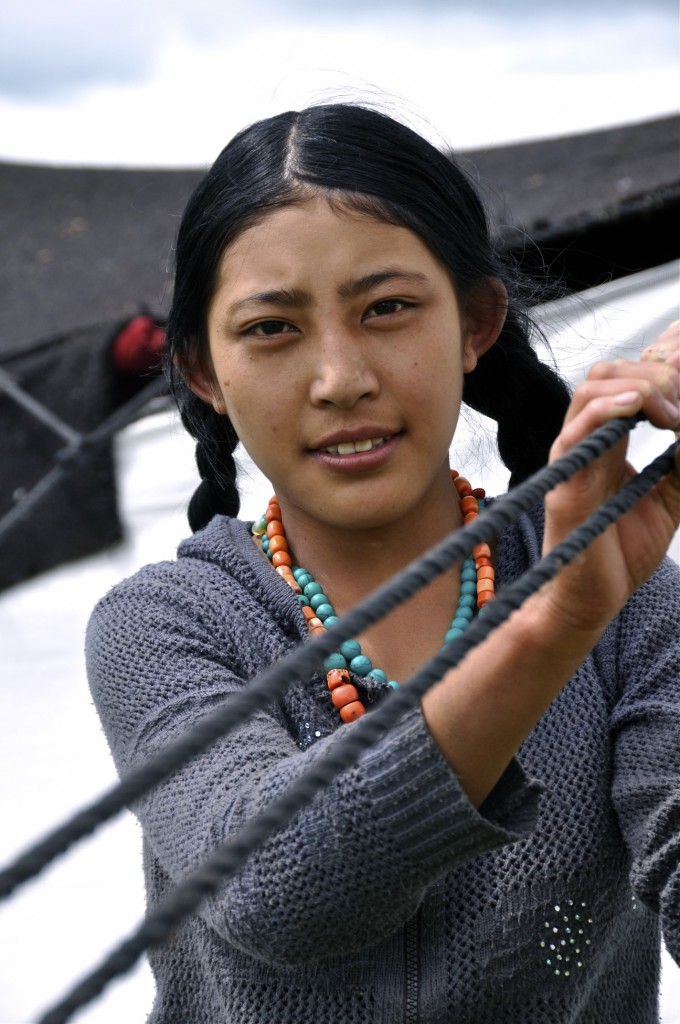
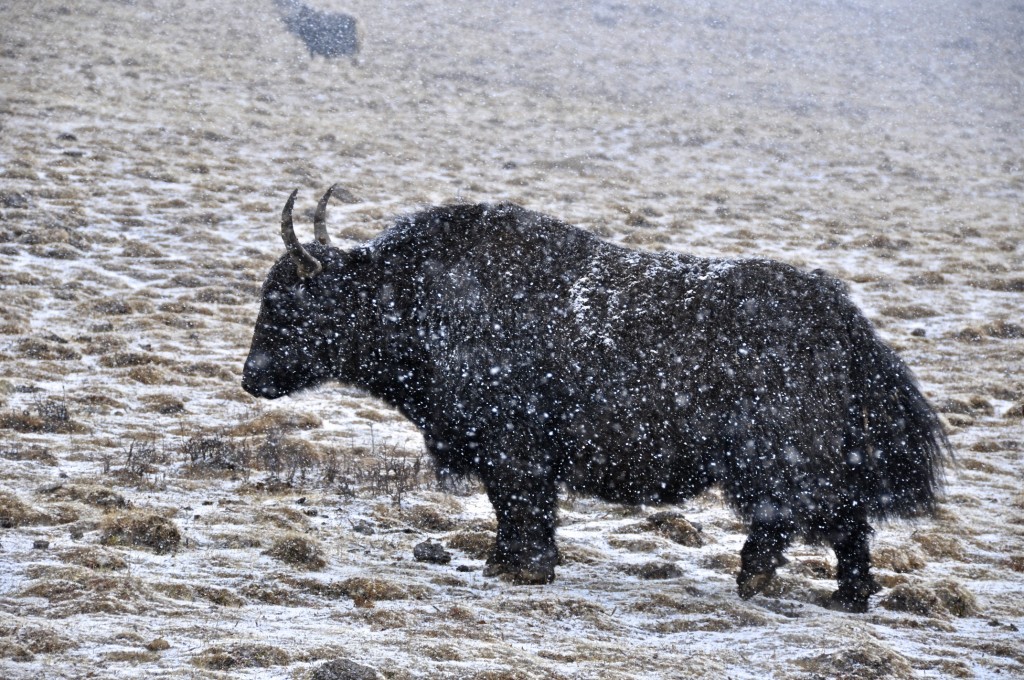
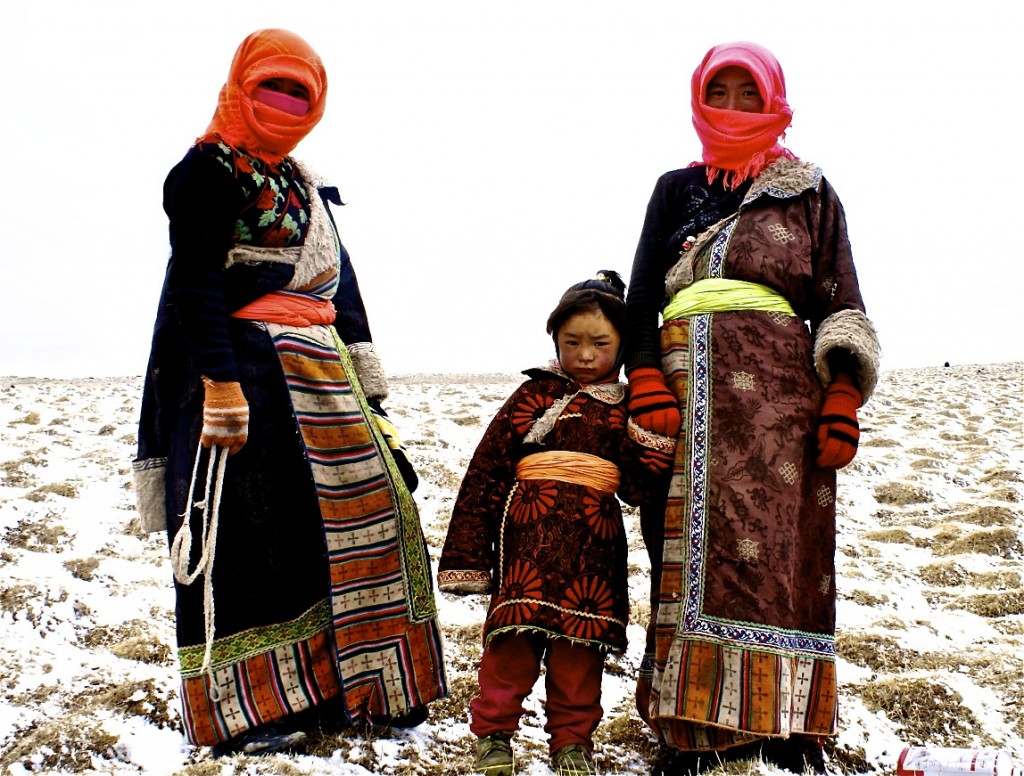
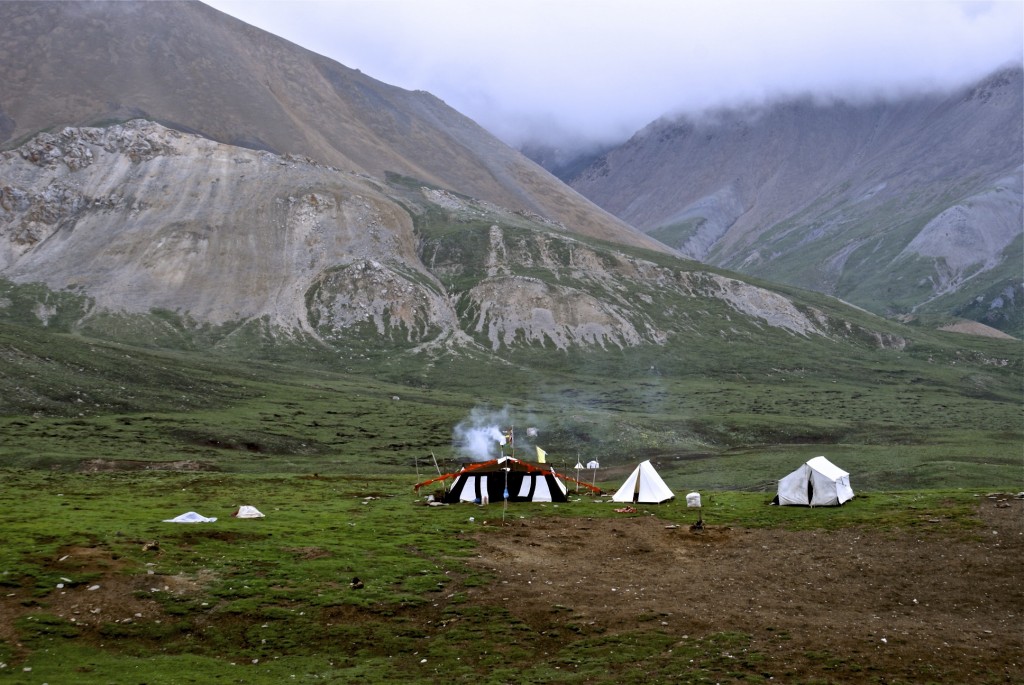
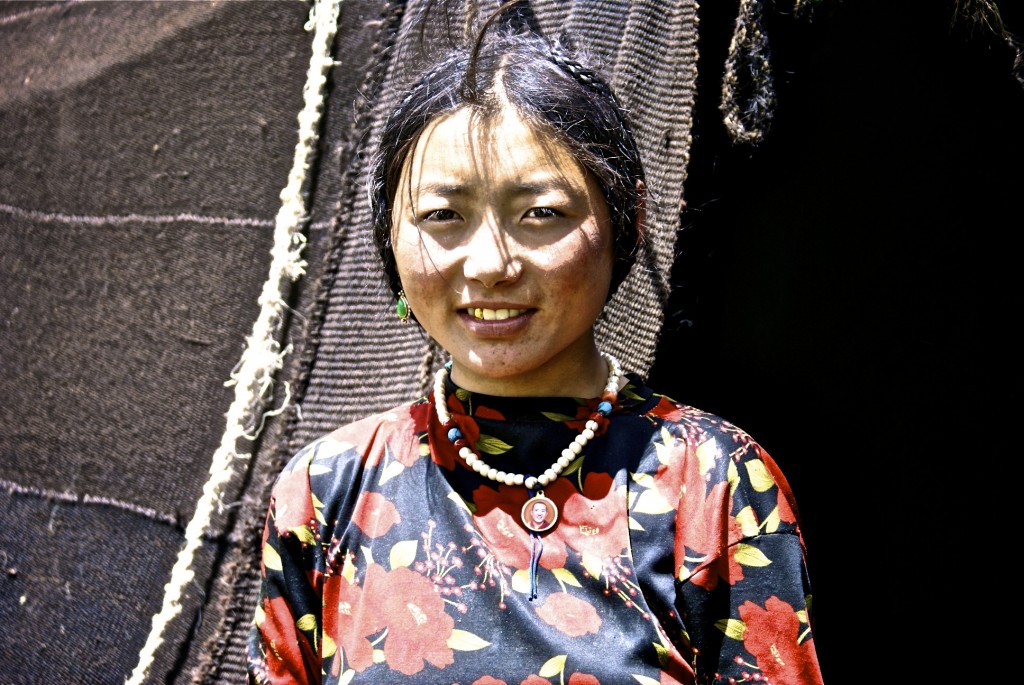
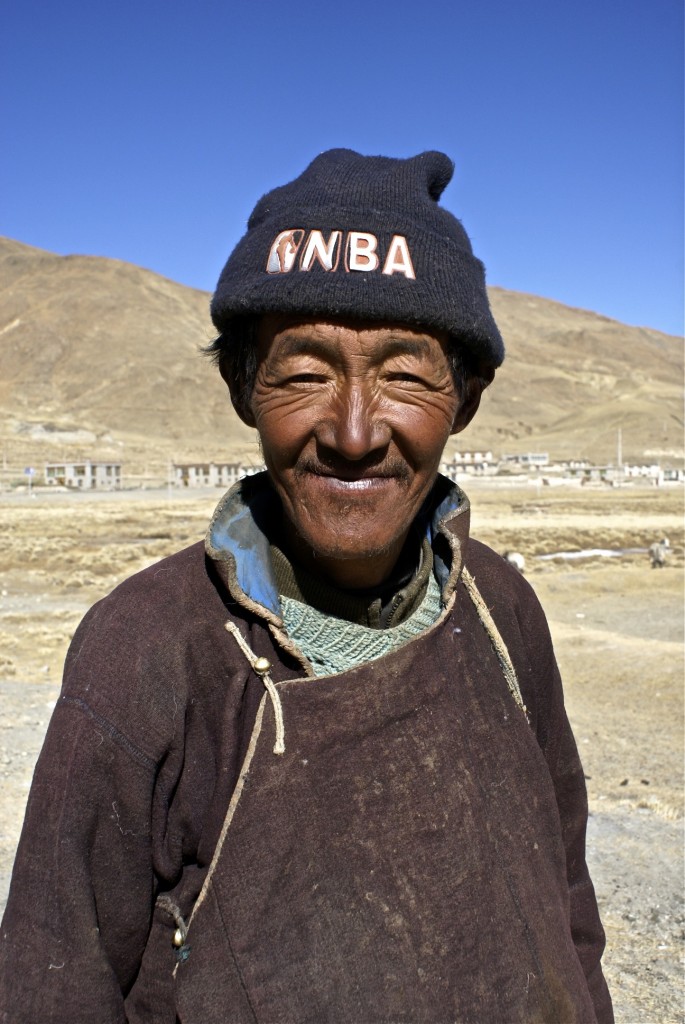
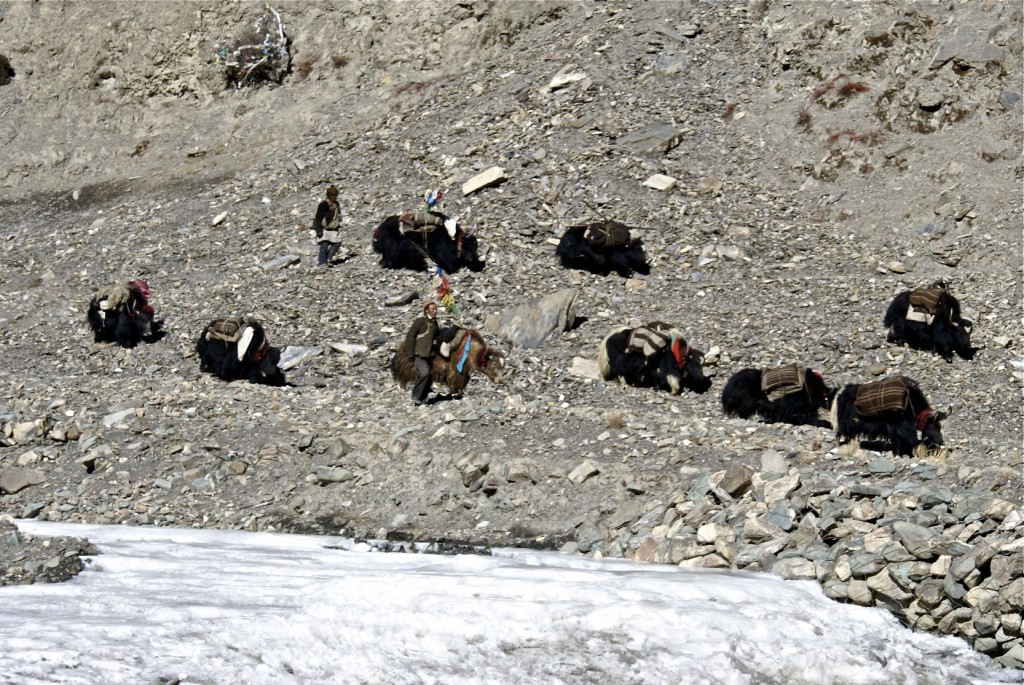
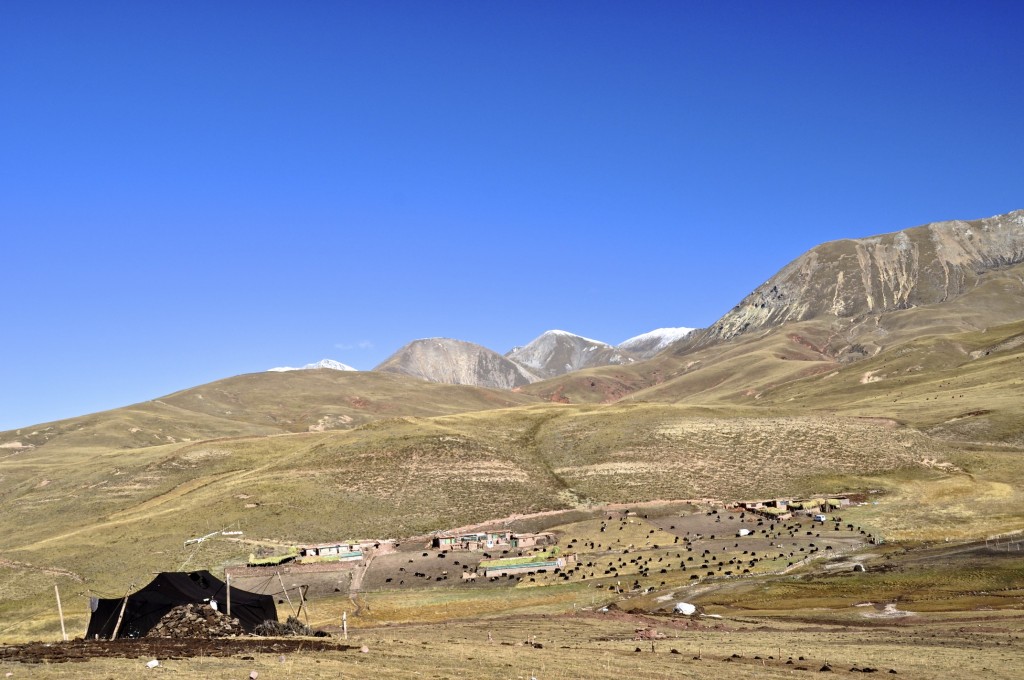
Excellent descriptive photos
Thank You
Thats superb!
Losang….Best regards and as always great pictures, Keep in touch…
Undoubtedly extremely hardworking people . Wish I meet them and pass a day in their tent. I do not hope I can survive in the extreme weather.